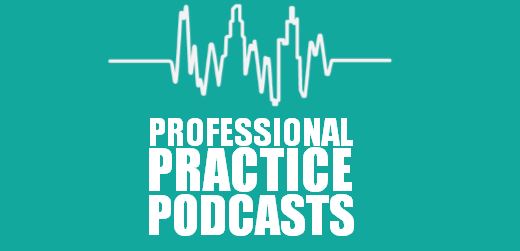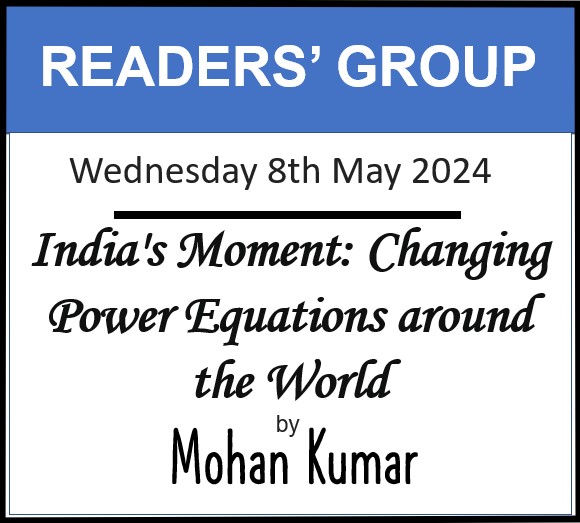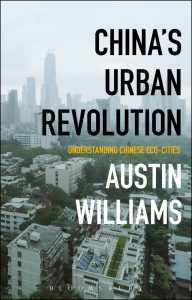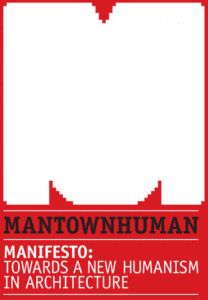Dark Age Ahead
‘Dark Age Ahead’ by Jane Jacobs; Random House, 2004. pp241
Reviewed by Austin Williams | 13 January 2005
Aged 88 when this book was published, Jane Jacobs is certainly the grande dame of urbanism and it must be worrying for this book to be described on the dust jacket as ‘the crowning achievement’ of her career. While its title sounds like yet another millenarian offering – in the spirit of Sir Martin Rees’ ‘Our Final Century: Will The Human Race Survive the 21st Century?’ – it proves to be much more upbeat, engaging and intelligent than that.
However, while this book has clear intent, each chapter portrays a hurried urgency and a curious lack of concentration, typical perhaps of a woman in touch with her own mortality. As the structure collapses, the positive intent of the ‘cautionary message’ suffers greatly. That said, it is a very rewarding read.
A Dark Age is the dead-end of culture. Essentially, her premise is that cultures have tended historically to die out as a result of external forces invading and destroying the memories of the subjugated peoples or countries, whereas this is not the danger today. Today, more than at any time in history, Culture with a capital ‘C’ is in danger of imploding; of being destroyed from within.
This is a profound pronouncement, which leads Jacobs’ to examine the five key pillars of culture that have become ‘ruined and irrelevant’ and uses the book to explore why this has happened and what can be done to rescues them. These five pillars are: community and family; education (specifically higher education); scientific research; governmental patronage and tax-raising; and ‘self-policing by the learned professions.’ These five, she suggests, are central to the further breakdown in societal and personal values, judgements and integrity. From the effective denouement of the five pillars springs racism, delinquency, electoral abstentionism, envirocrime, etc.
Her chapter on the family that begins with a healthy assertion that families, extended families and communities are essential socialising influences on children growing up turns into an assault on the car as the principle cause of community fragmentation. The chapter on Education has a very important thesis about the creeping ‘credentialising’ that has resulted in education being seen as a route to a job rather than valuable in its own terms. ‘A degree,’ she says, ‘and an education are not necessarily synonymous.’ She links this cleverly with the paranoia of the Great Depression when financial and physical hardships affected the US employability psyche, she argues. The cult of the job expresses itself, for Jacobs, in a situation where ‘even’ the threat of global warming is not seemed as much of ‘a threat as job loss.’ A rather anodyne conclusion to her primary concern. Rather than situating the fall of decisiveness, a collapse of reason, a failure of self-confidence in the specific historic moment symbolised by the death of ideological clarity, the end of progress and the culture of fear, etc, Jacobs prefers an ahistorical approach. In general though, her insightfulness shines through and she suggests that a cultural renaissance depends on ‘educated peoples, and especially upon their critical capacities and depth of understanding.’
Unfortunately, because her critique lacks political depth, she often panders unintentionally to the prevailing reactionary moment – elevating the fear of anti-social behaviour, consumerism, business intentions, unaccountablity and localism, for example. However, her defence of critical thinking (in the true sense of the phrase) her demand for more scientific rigour and her belief in judgemental standards are refreshing rejoinders to the prevailing cultural relativism.
The book is a positive contribution to the debate about the future and one of only a few that tries to look at the essence of the societal malaise in its broadest terms. Obviously, there is a tautology at the heart of the book: the idea that culture collapses because of a cultural collapse. If the sub-editor and editor are unwilling to criticise the grande dame, I recommend that she exercise some of that self-policing that she advocates so well in the book. Hopefully, this is not the culmination of Jacobs’ life’s work, except perhaps with the current publisher.






